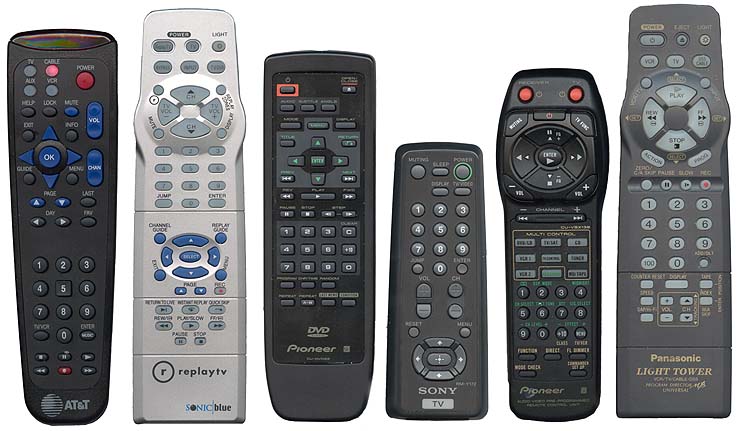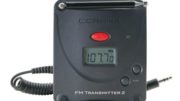Looking at the upside of 2020 and all that’s come with it, there’s something that occurs to me. We’ve all become a lot more aware of cleanliness. No longer is it just “next to godliness” as the old saying goes. Now it’s next to imperative. Keeping surfaces germ-free is as important as anything else, and for this we’ve turned to whatever’s available. We’re in the midst of a shortage of cleaning wipes and solutions that may not abate until next year.
Keeping home electronics clean
Keeping your home electronics clean is as important as anything else. Some items like remote controls get passed from person to person constantly. Others like televisions and satellite receivers are rarely touched. For those items, it’s dust that you end up wanting to control.
You’ve probably been staring at that stuff for a while and thinking it’s time for a good cleaning. Here are some tips for when you’re ready to get to it.
Make sure there’s no power
Unplug everything before cleaning. Even if it’s just a routine wipe, you want to make sure you’ve removed any possibility of problems. Take batteries out of things like remotes. For televisions, satellite receivers, and other home electronics, let them sit for at least half an hour before cleaning. Many of these devices have capacitors that hold electricity long after you’ve unplugged them. While these capacitors can sometimes hold onto power for over a day, fair is fair. Half an hour should be enough to reduce the risk.
Don’t spray anything if you can avoid it
Sprays will let liquid get everywhere. Don’t spray a cleaner onto (or worse, into) your home electronics. The surfaces you can’t reach will get sticky and accumulate even more dust and grime.
Here’s what you should use
I rely on three solutions to keep my equipment nice and clean. I start with a nice blast of canned air. I recommend getting a bunch of it wherever you shop. It’s going to take off the surface level of dust and crumbs that will accumulate on your remote. Once your devices are powered down you can blow out any dust inside. There’s a small risk that you’ll damage sensitive components so it’s best to do this only on occasion.
I also use a lot of rubbing alcohol. This was in short supply for a while but it seems like you can find it in most stores now. It’s a non-conductive solution that leaves barely any residue. You can wipe virtually anything down with it. It doesn’t kill germs as well as something like Lysol or bleach but it’s much kinder to home electronics. Just make sure that it’s dried completely before plugging anything in. This isn’t a problem really because it dries quickly.
Finally, I recommend a solution of one tablespoon white vinegar to a cup of water. This is going to clean screens as well as any commercial solution. It’s cheaper and dries cleanly. It’s true that it doesn’t smell like a summer’s day, but the smell fades. It will take longer to dry than the alcohol so plan accordingly.
What about sprays and wipes?
If you have something really grimy you’re going to be tempted to use Simple Green or something like that. It’s not a terrible thing, but don’t spray the electronics directly. Instead, spray a paper towel or reusable rag and apply it that way. This will limit the amount of liquid that goes into cracks and crevices.
I’m not a huge fan of pre-moistened wipes. They’re a lot more expensive than just using a spray on a paper towel. If you like them for their convenience, that’s fine. Just remember to wipe down with alcohol after you use the wipe. It will get rid of any residue that the wipe leaves behind. Again, make sure that you’re keeping liquids away from the inside of your electronics. If you think you’ve accidentally spilled something in there, wait 24 hours for it to dry before plugging it in or inserting the batteries.
Most of these cleaning supplies can be found in your local market. For the things your market doesn’t offer, like high-end consumer electronics accessories, shop the great selection at Solid Signal.





